Cley
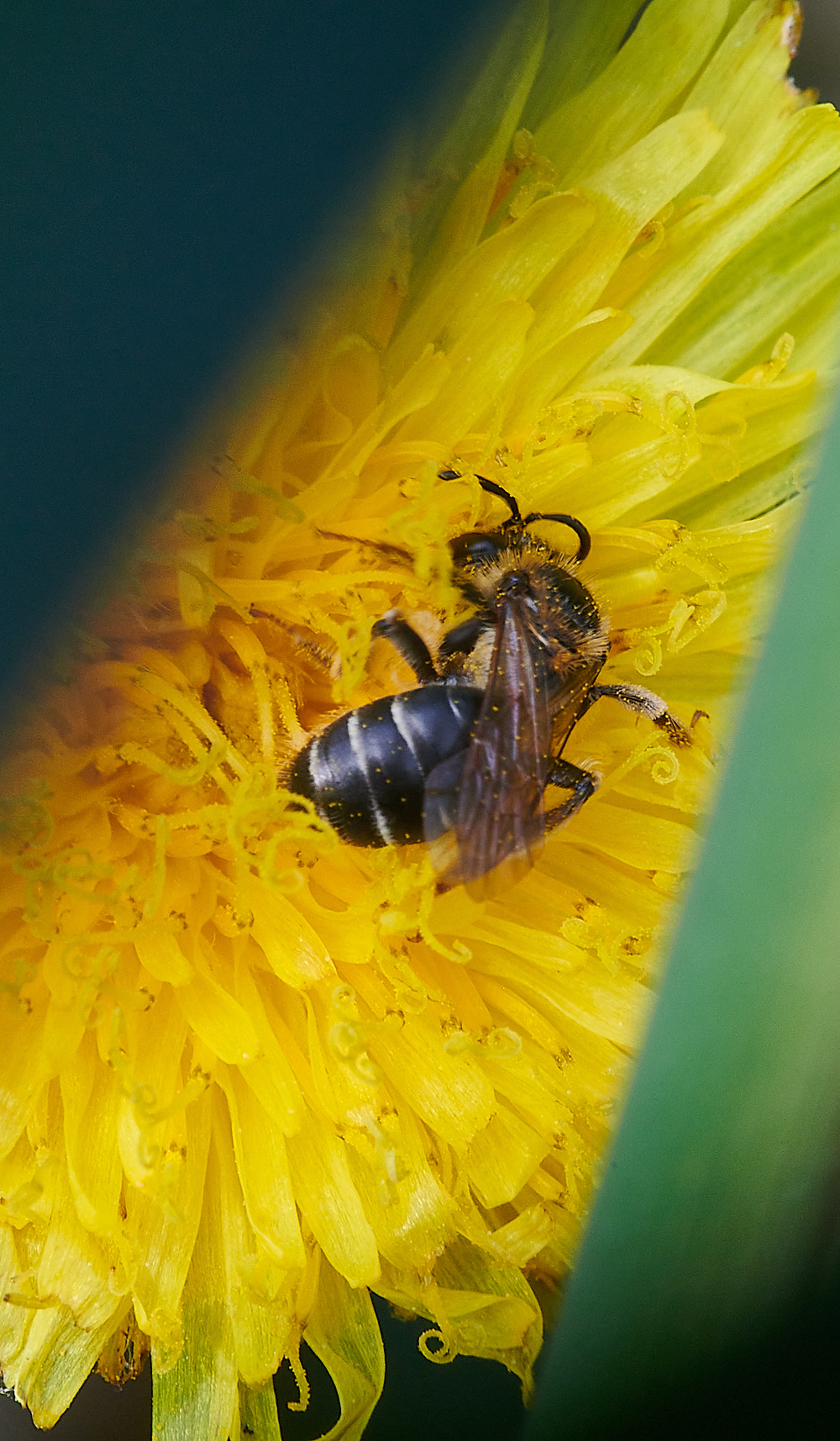

Short Fringed Mining Bee (Andrena dorsata) 
♂︎
♂︎
♂︎
♂︎
♂︎
♂︎
Common Furrow Bee (Lasioglossum calceatum) Male & Female ?
This a dark form male, pale mark on the clypeus. The tarsi and end of each tibia are pale/yellow.
Well again. Not quite
Hard to say but I think these are all male Lasioglossum leucozonium, as the tips of the tarsi (segments 2 – 5) are quite dark.
The two together are both males because their basi-tarsi are white.
Thanks to Nick Owens for comments


Red -tailed Bumble bee ♂︎
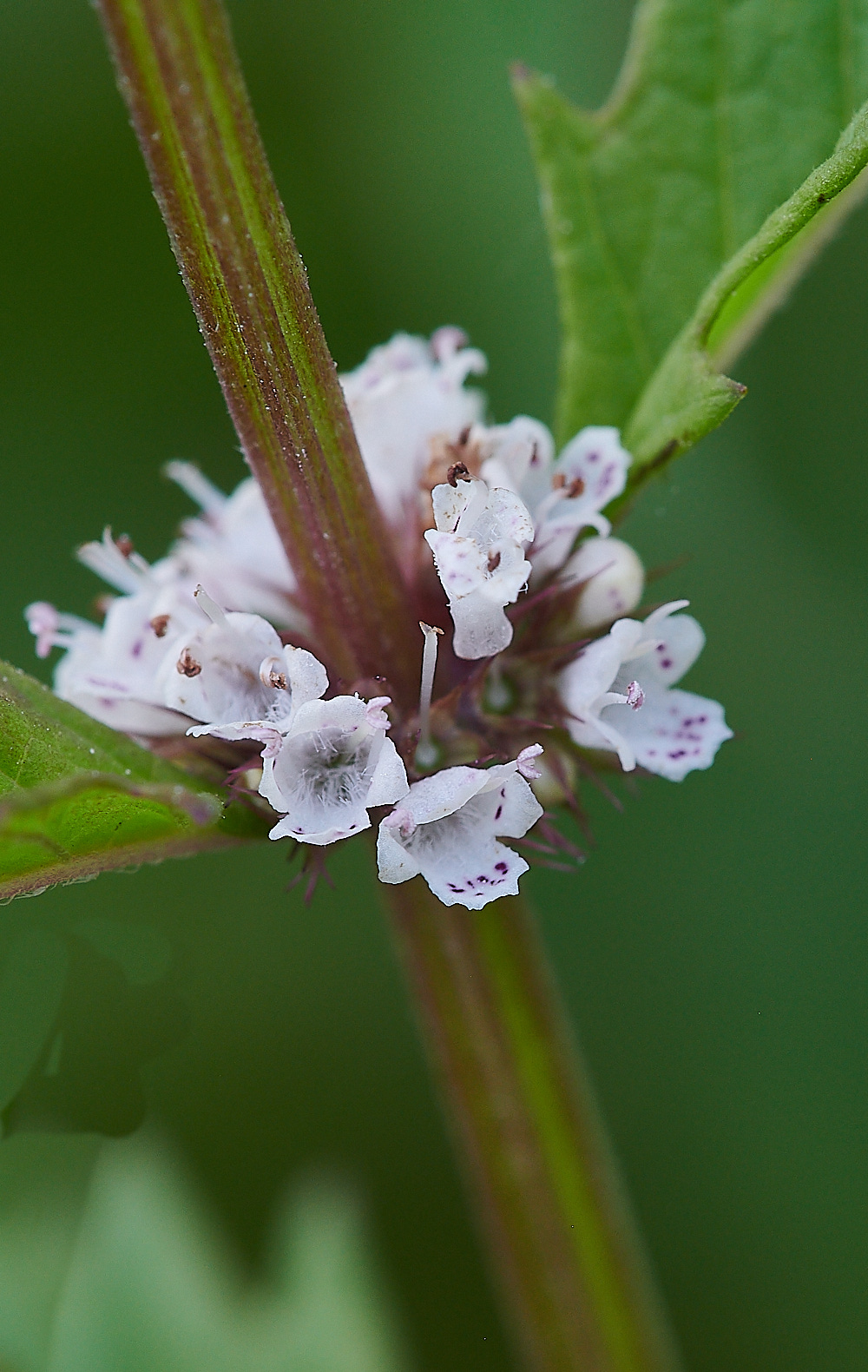
Gypsywort (Leucopus europaeus)

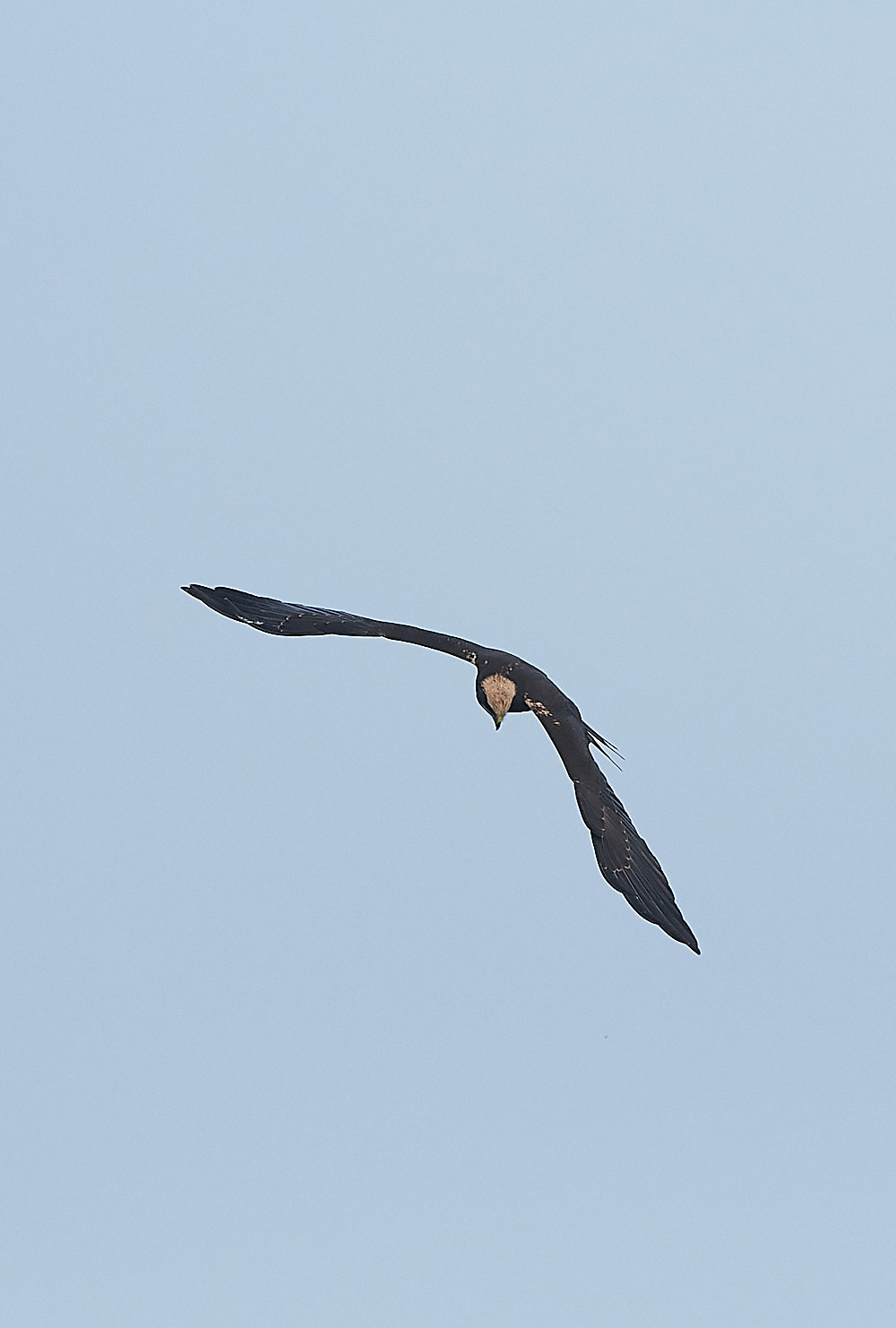

Marsh harrier being harried by the local Lapwings



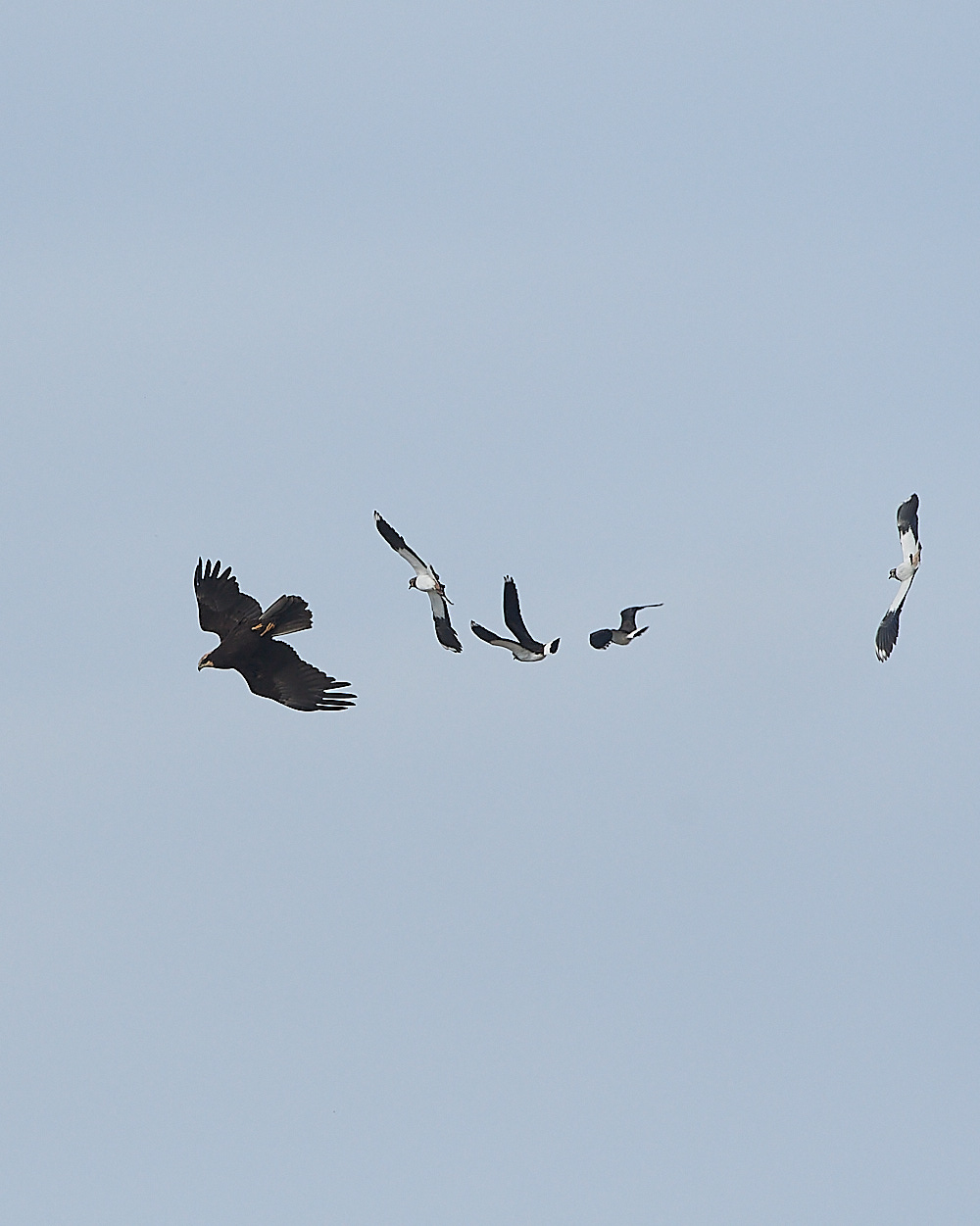

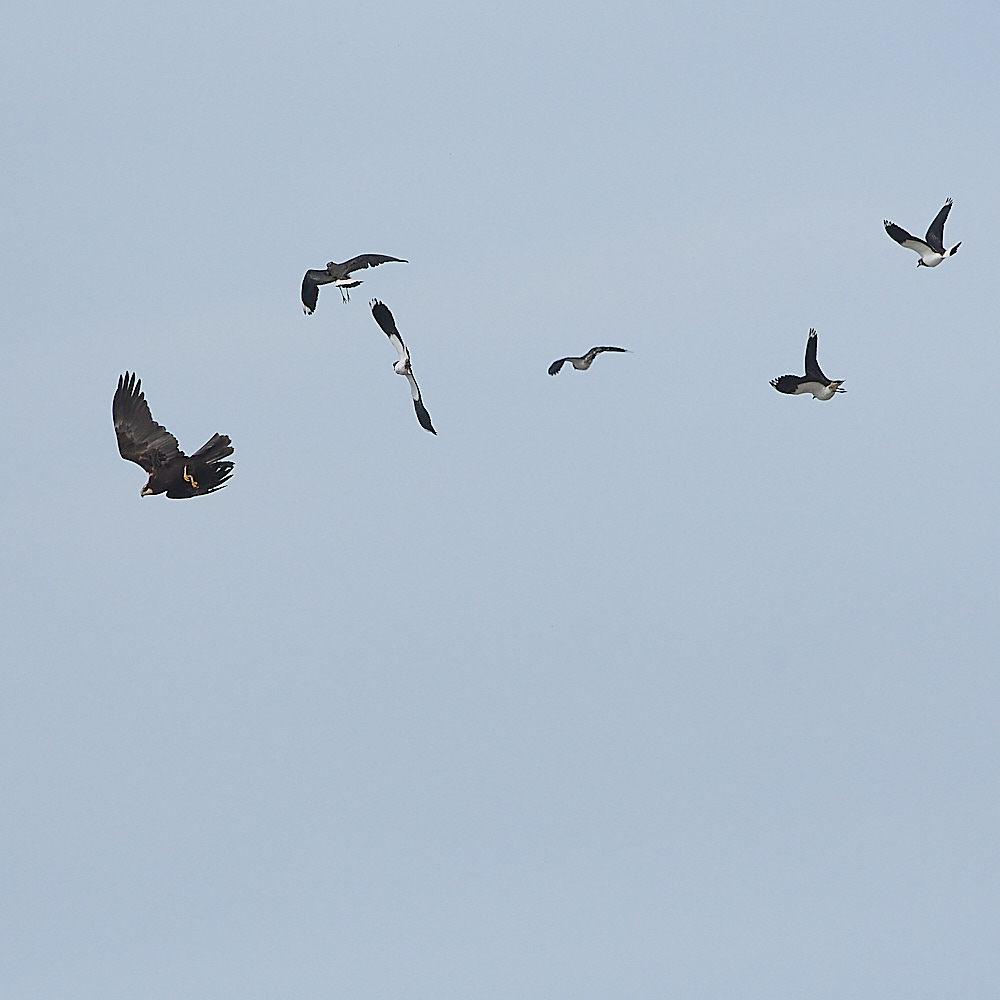
Even at this point in the season them Lapwings are not happy with the young Marsh Harrier
Wonderful patterns in the sky.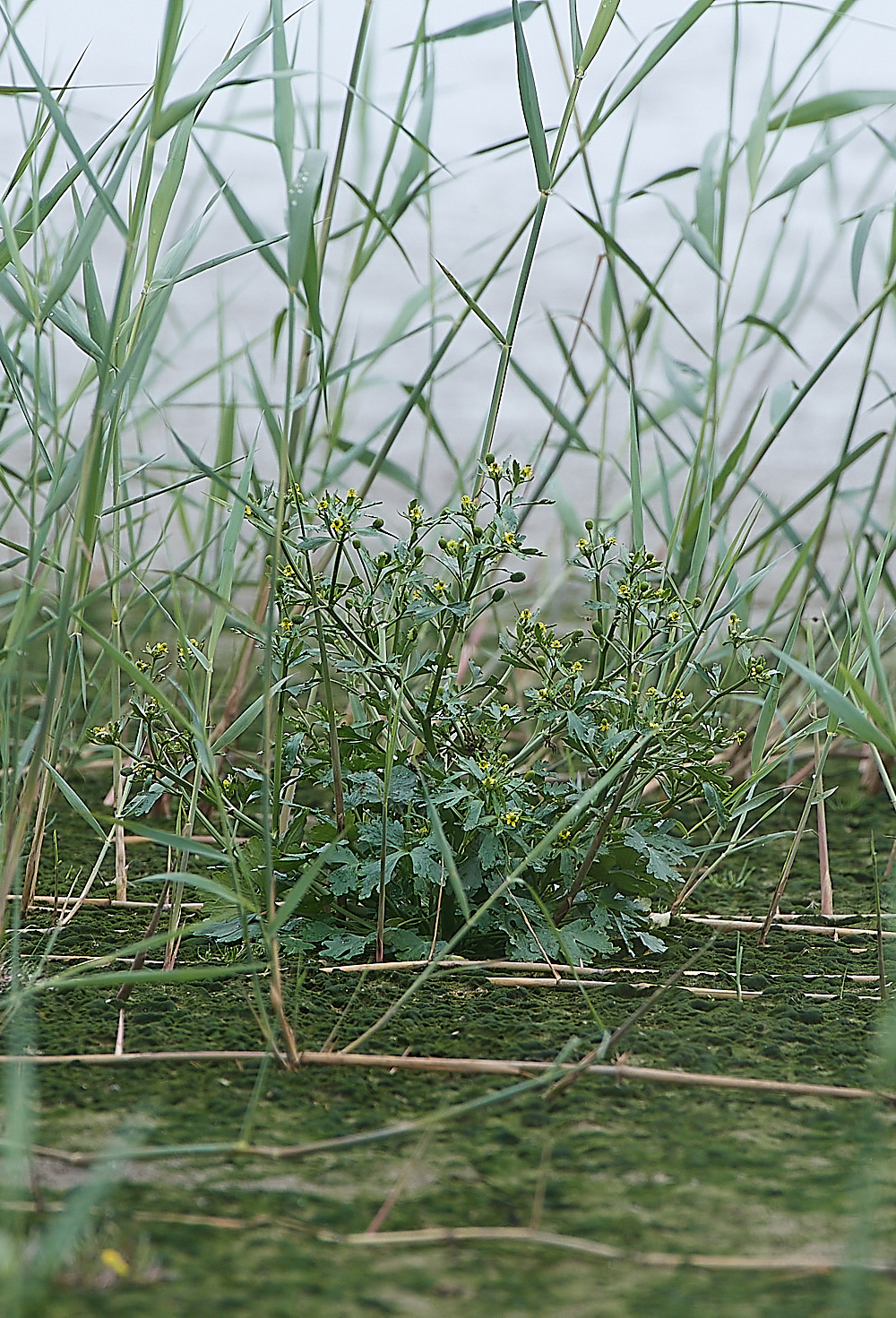
Celery-leaved Buttercup (Ranunculus scleratus)



Marsh Hog's Fennel (Peucedanum palustre) ? Finely serrated lobed leaves. 
Syrphus Sp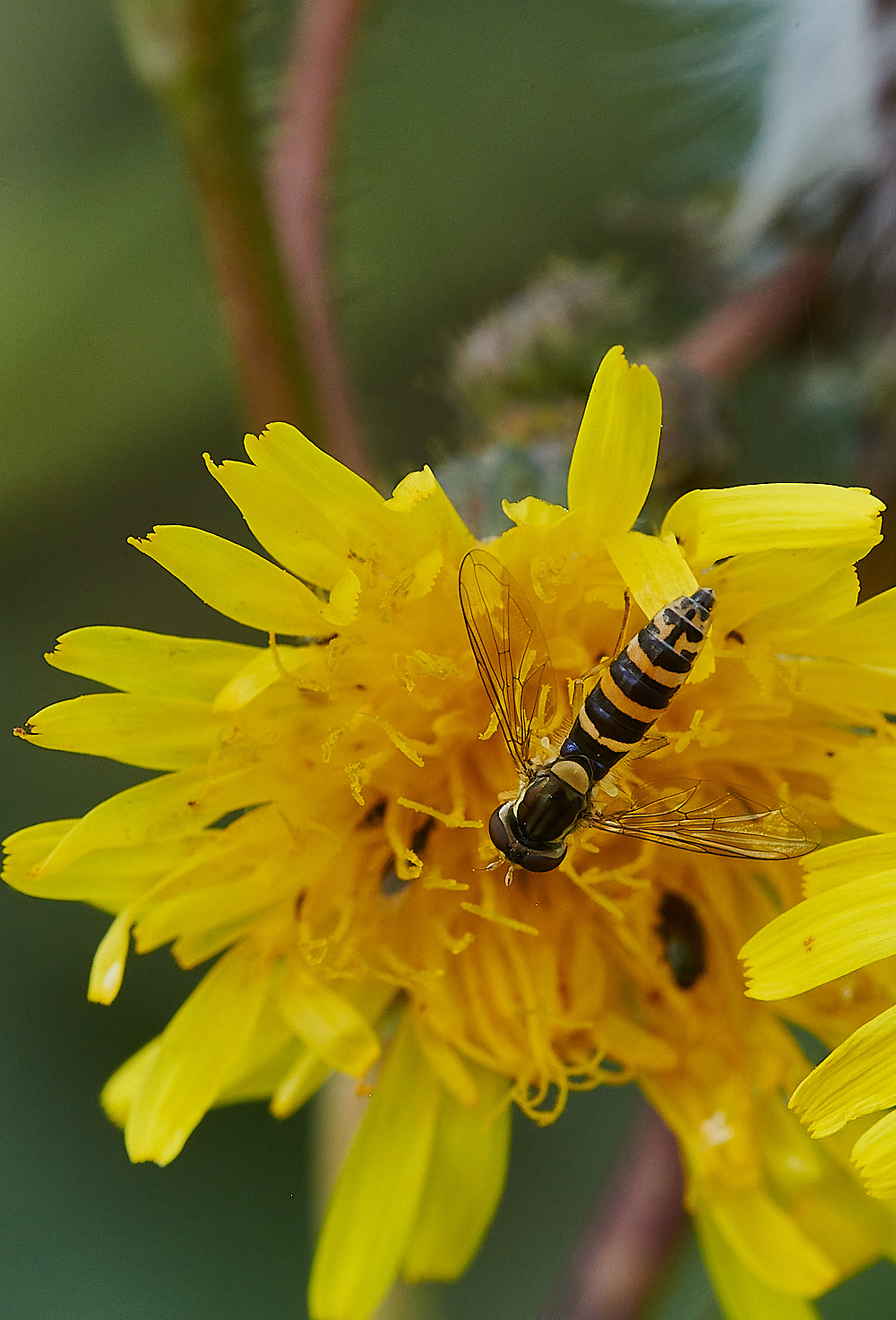
Sphaerophoria Sp
Catfield Fen


A channel full of Water Soldier (Stratiotes aloides)
?
?
became
European Cinch Bug (Ischnodemus sabuleti)
Thanks to Steve & Yvonne for id




Greater Bladderwort (Utriuclaria vulgaris)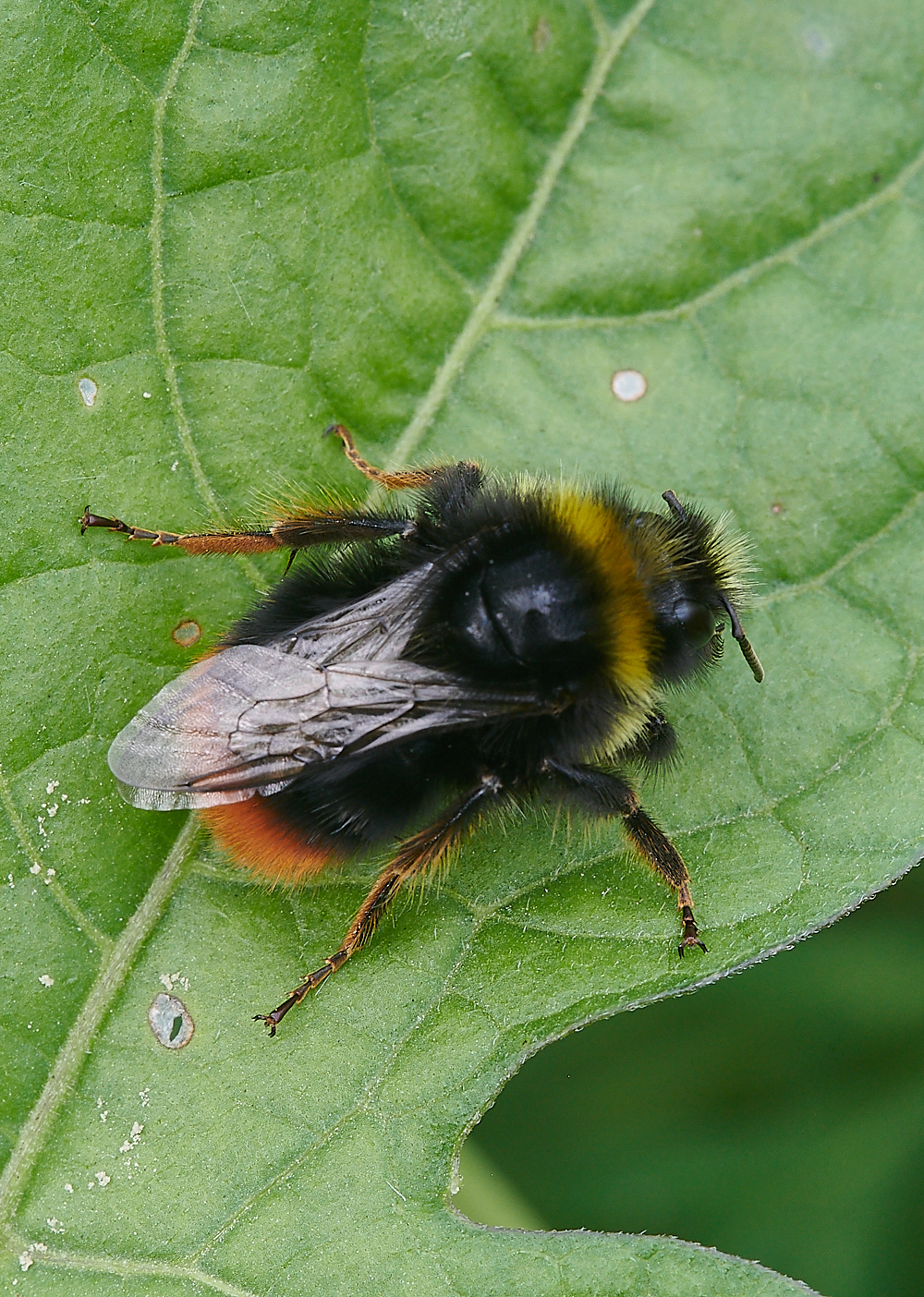
Red-tailed Bumble Bee ♂︎ (Bombus lapidarius)


Carr Woodland
Cyperus Sedge (Carex pseudocyperus)
Ganoderma Sp
Golden-bloomed Grey Longhorn Beetle (Agapanthia villosoviridescens)
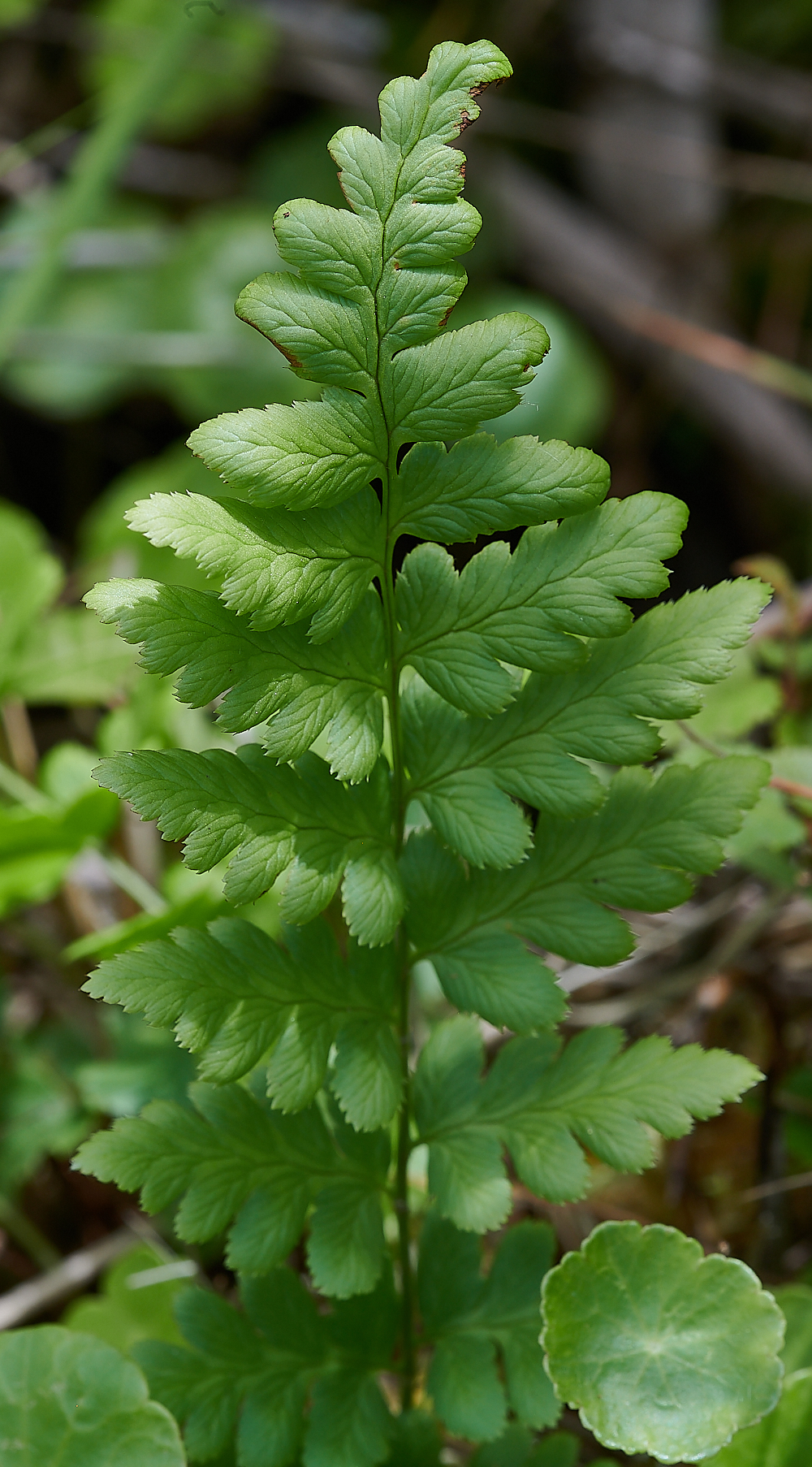
Crested Buckler Fern (Dryopteris cristata)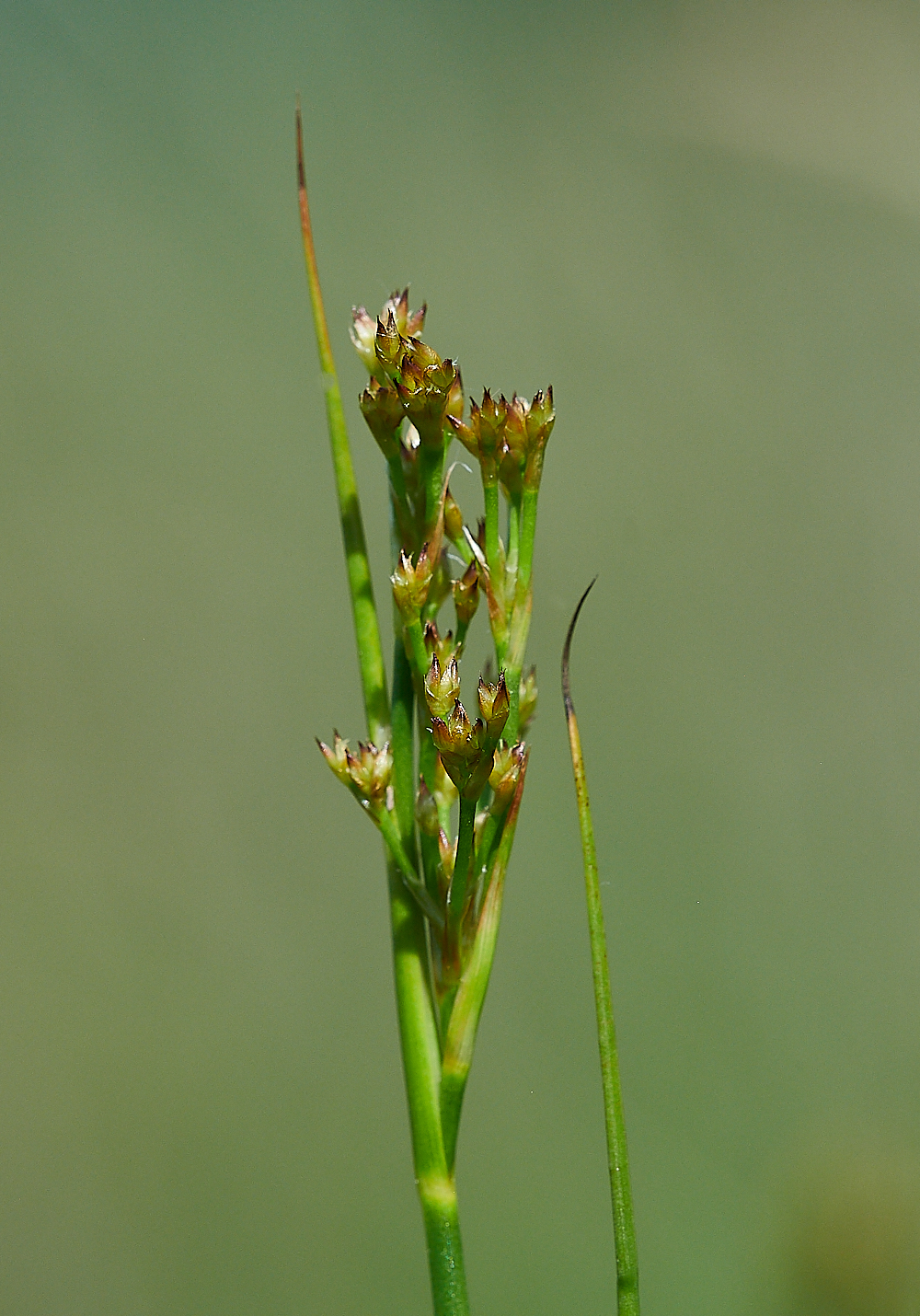
Sharp-flowered Rush (Juncus acutifolius) Cross partitions only.
Marsh Fern (Thelypteris palustris)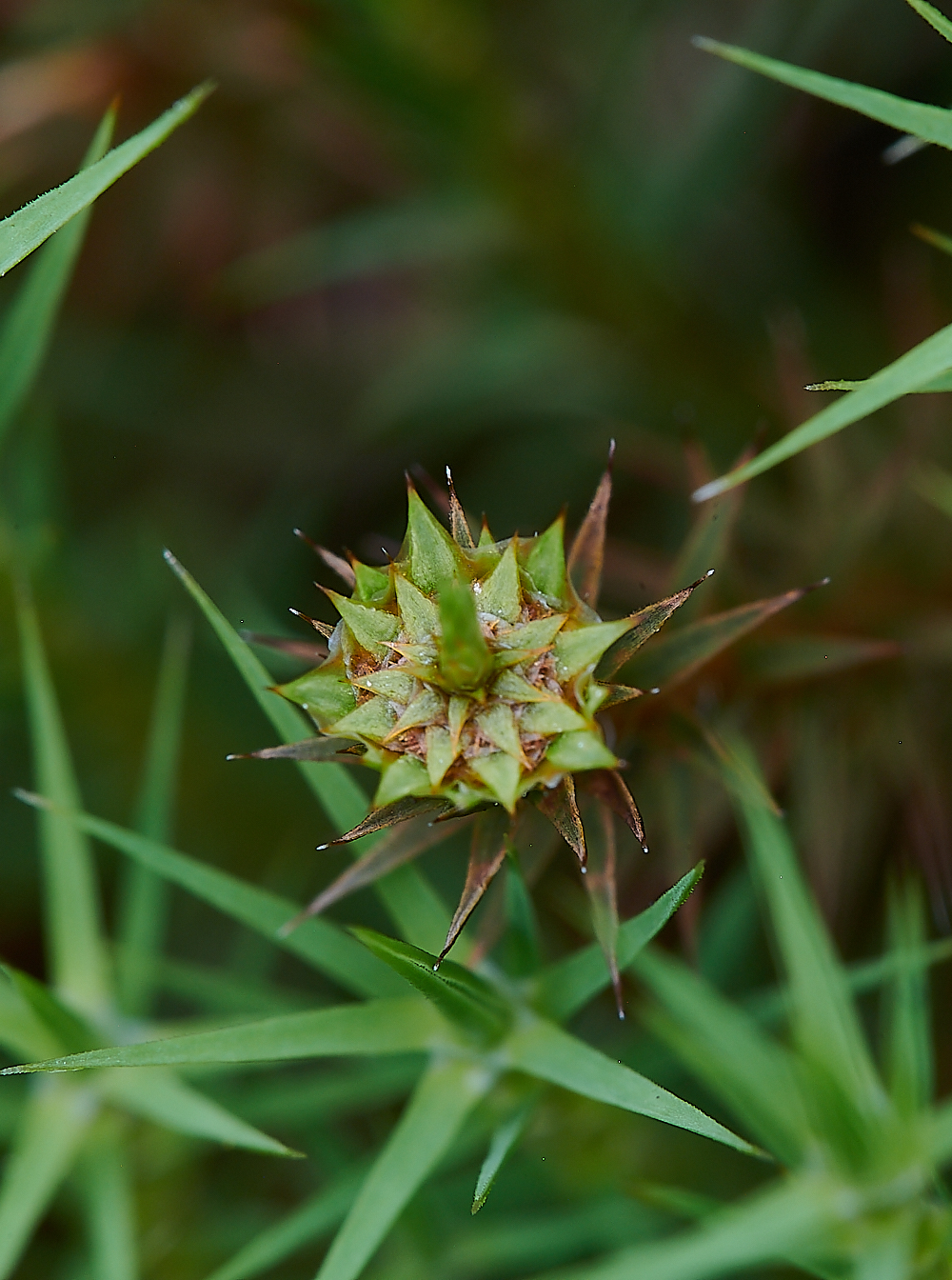

Common Haircap (Polytrichum commune)
Male plant above
and young capsule of the female plant covered by a golden calyptra
Hard Rush or Soft Rush
The ridges seem visible 
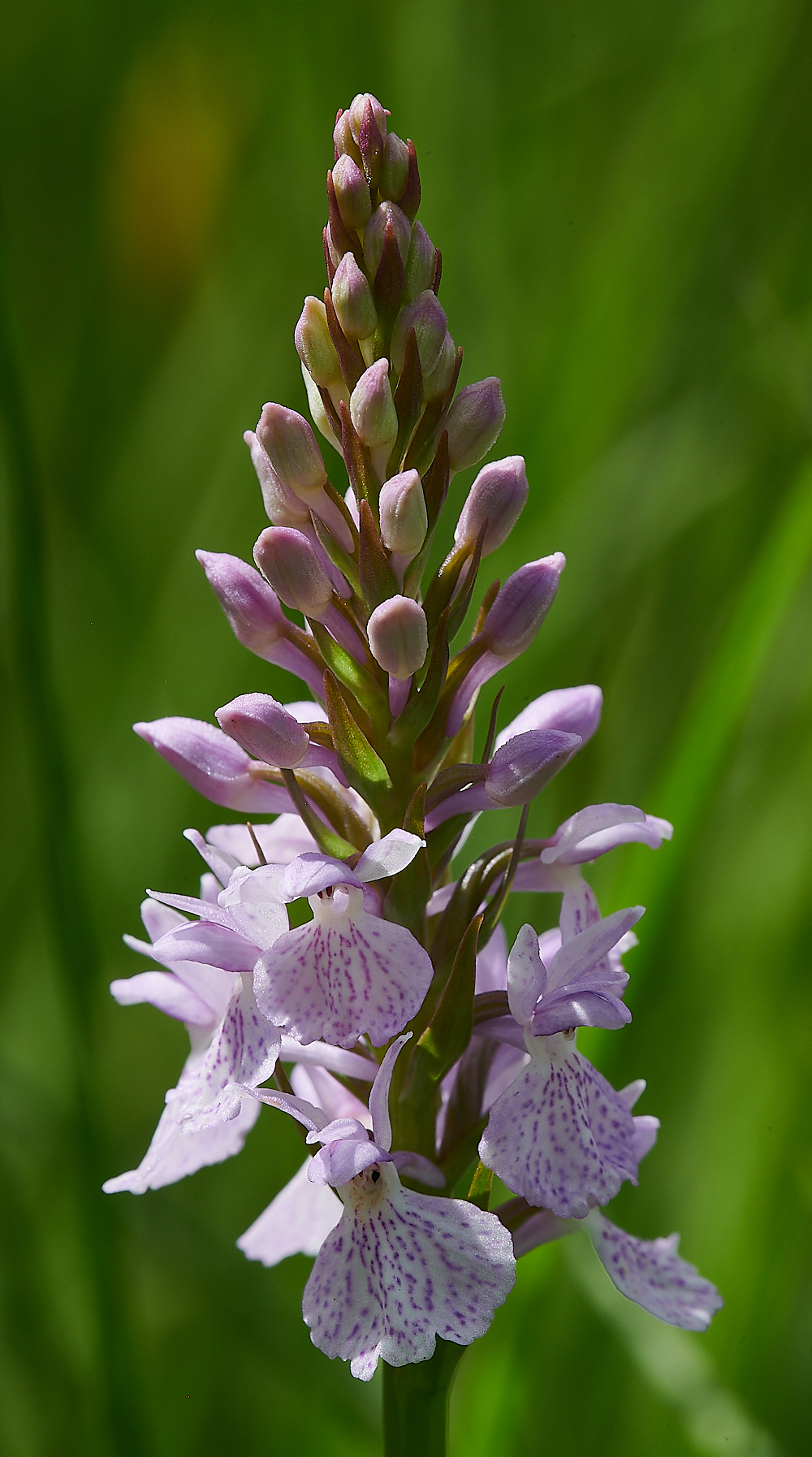


Heath Spotted-orchid (Dactylorhiza maculata)




Swallowtail (Papilio machaon)
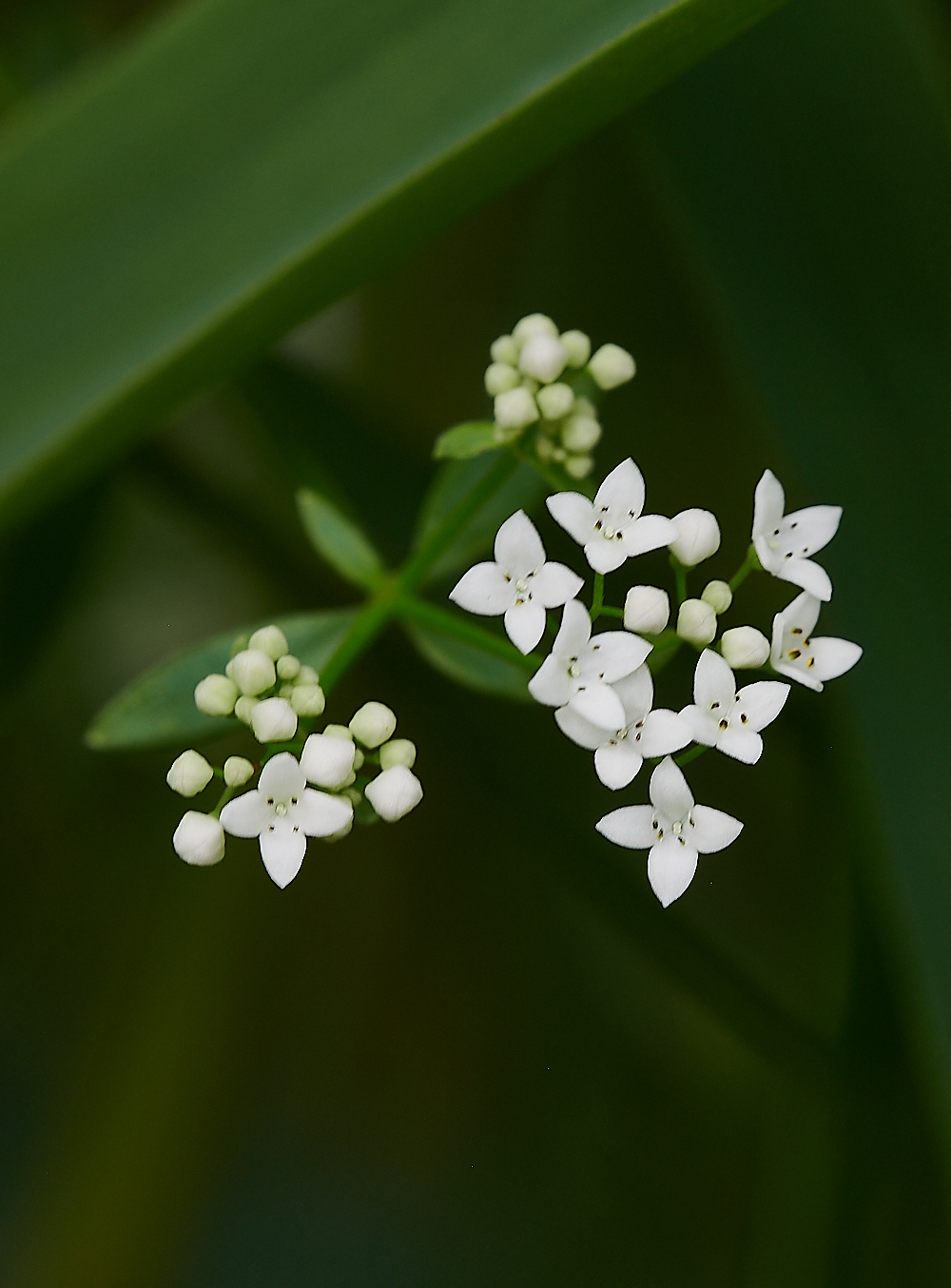

Marsh-bedstraw (Galium palustre)
Brown-lipped Snail (Cepaea nemoralis)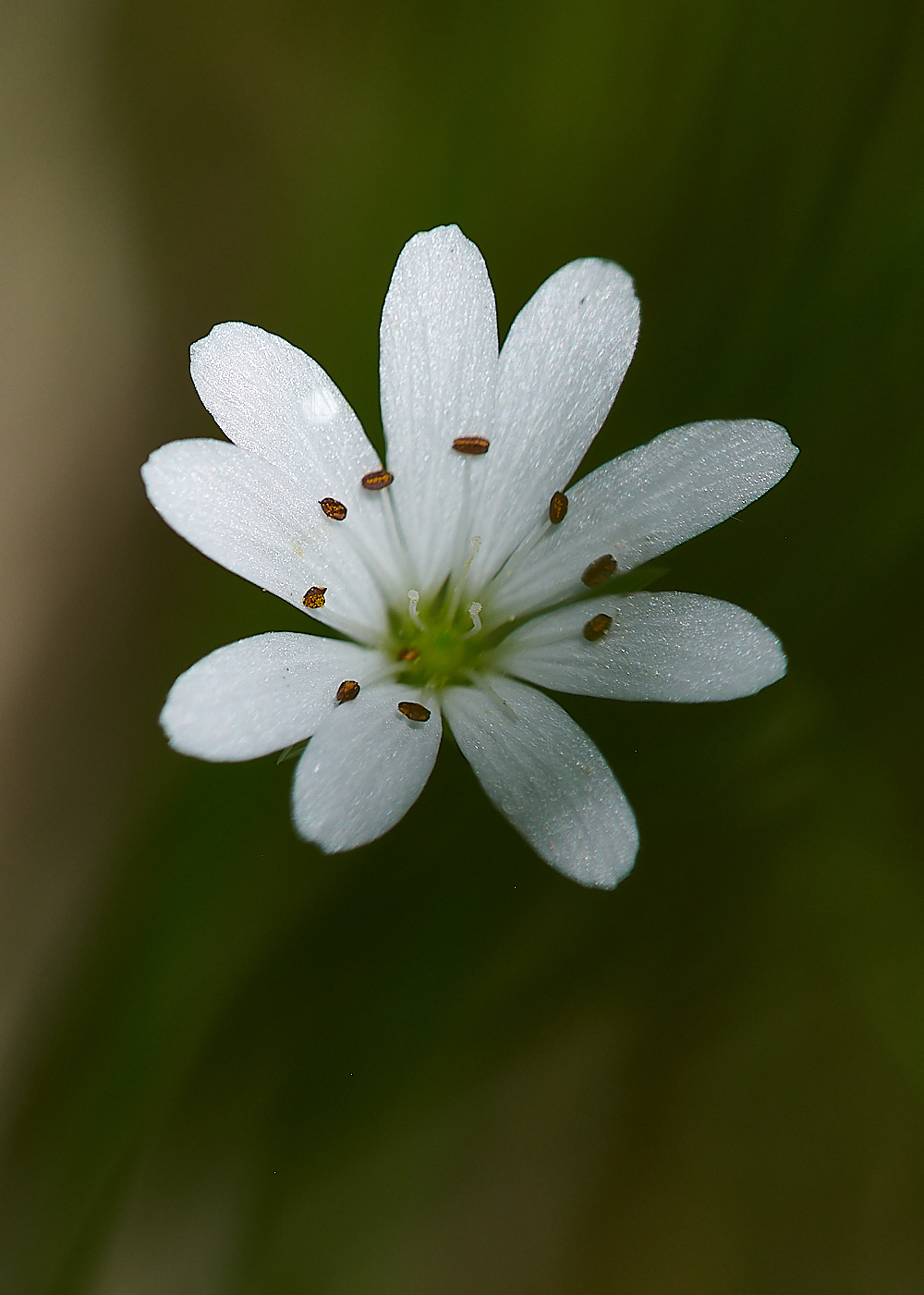
Marsh Stitchwort (Stellar palustris)

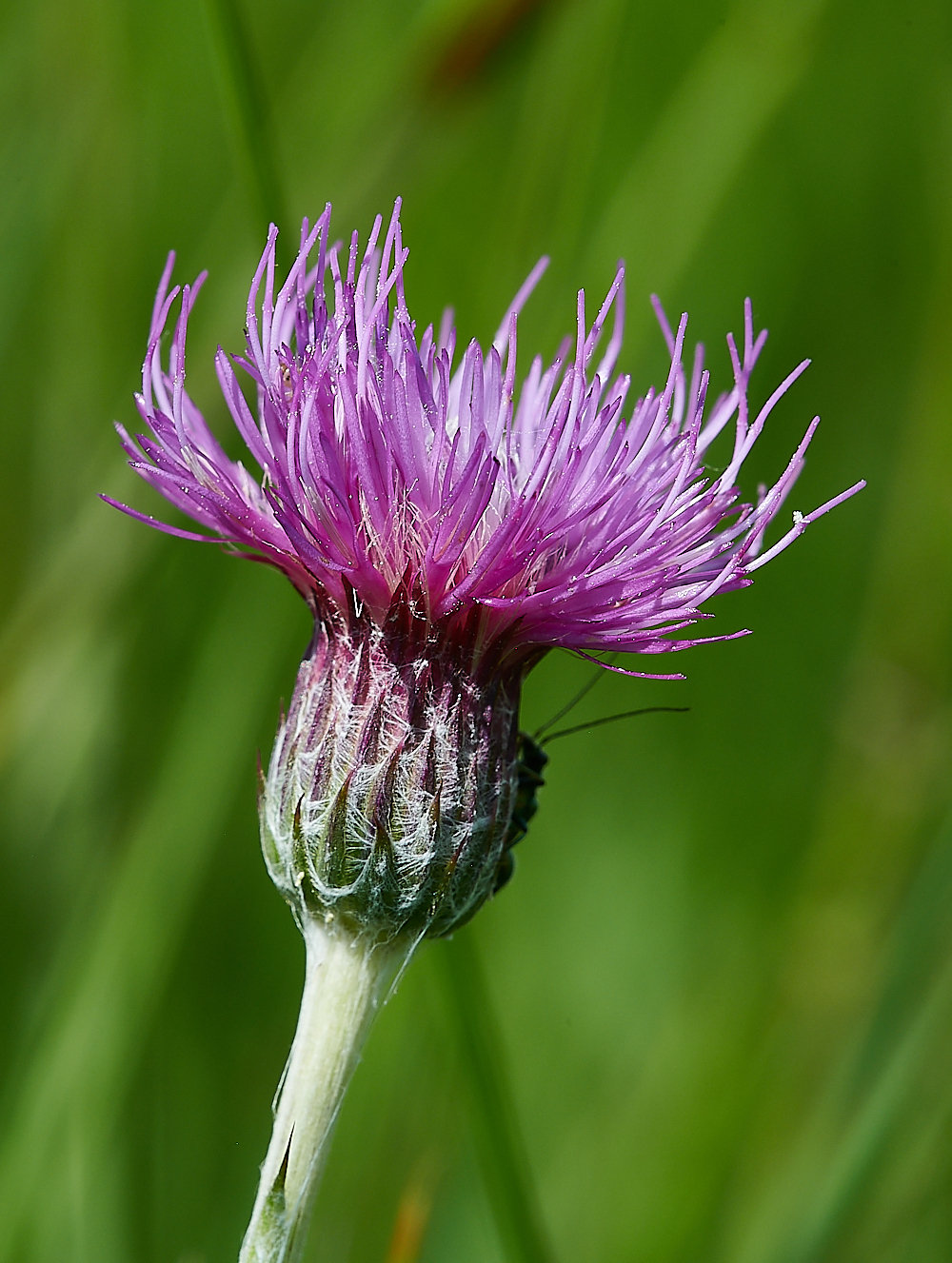
Meadow Thistle (Cirsium dissectum)
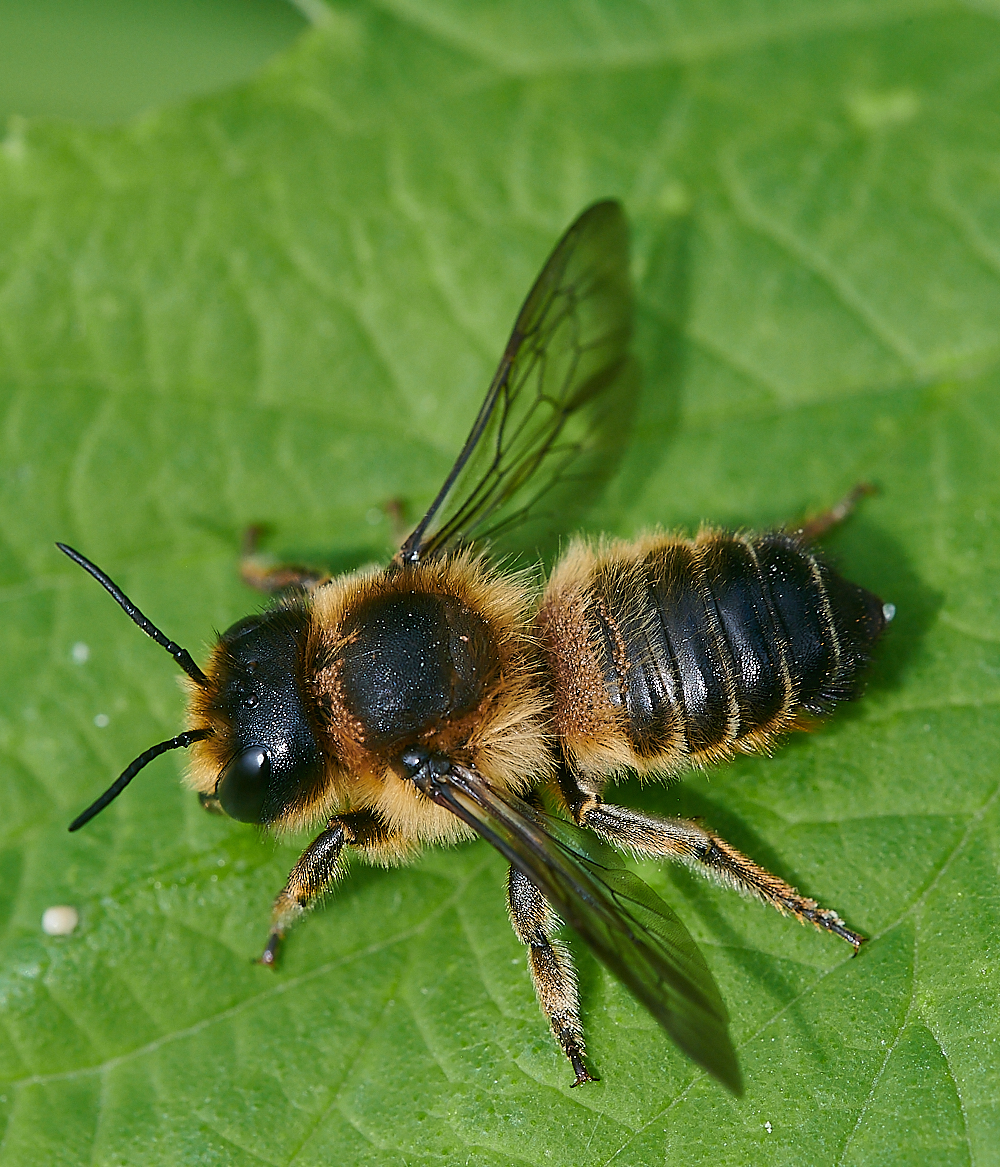
Leaf Cutter Sp Megachile Sp (to be confirmed)
Pale hairs on clypeus and thorax with some black hairs on top of the head. There appears to be a little tuft of orange hair visible from the scope. Somewhat festooned with mites?
M centuncularis perhaps?
Not quite
The Wonderful Mr Willughby's Bee
Willughby's Leafcutter Bee (Megachile willughbiella)
Thanks to Nick Owens for id.
Nick then passed on these comments, which I ma very grateful for.
M. centuncularis has only orange pollen hairs under its abdomen – and they stick out round the edge like a halo, when seen from above.
M. willughbiella and M. maritima both have dark pollen hairs near the tip, but maritima has whitish hairs towards the front end,
whereas these hairs have more orange colour in willughbiella (photo p. 148 in Bees of Norfolk).
You can’t really see this in your photo though.
M. maritima has more prominent white bands and also longer hairs on the front basi-tarsi if you can see that!
I think they are short on your specimen and the bands are not obvious.
You can see these hairs on the Holkham photo against the yellow petal. M. maritima is darker on top when fresh.
Hope that helps – always tricky with photos. A profile photo is useful for Megachile.
I’ve added M.circumcincta in case you see it (present at Holkham on bird’s-foot trefoil).
It has long hairs on the top of the abdomen which are black towards the hind end and no clear bands.
Megachile circumcincta
Megachile Martina
Megachile maritima
Hoverfly Sp Parahelophilus Sp?


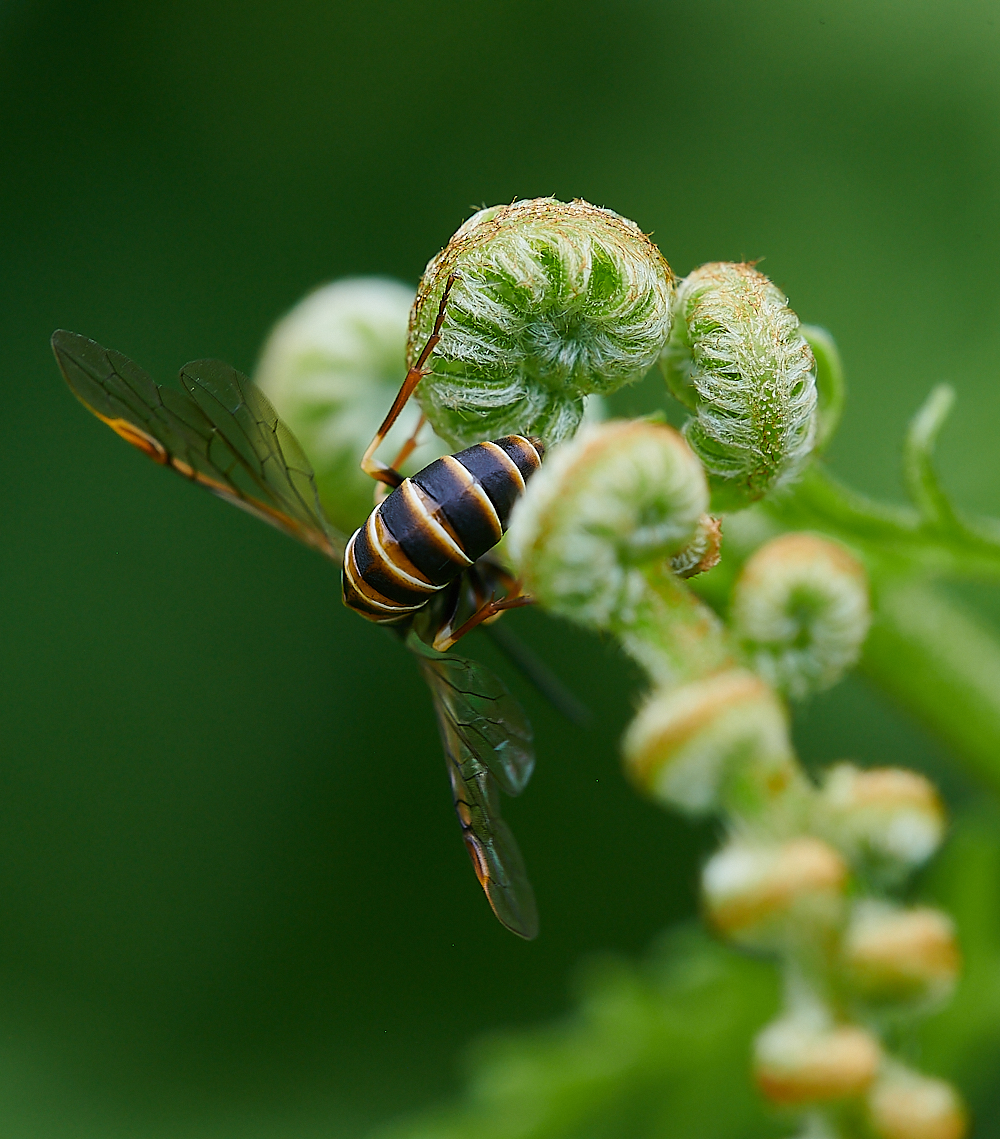

Sawfly Sp (to be confirmed) (Strongylogaster multifasciata ♀︎)
Thanks to Andy Musgrove @andymus1 for id 
Saw Sedge (Cladium mariscus) inflorescence 
Soldier beetle (Cantharis Sp)

Soldier Fly Sp It does have yellow knees so possibly Long-horned Black Legionnaire (Beris geniculata)
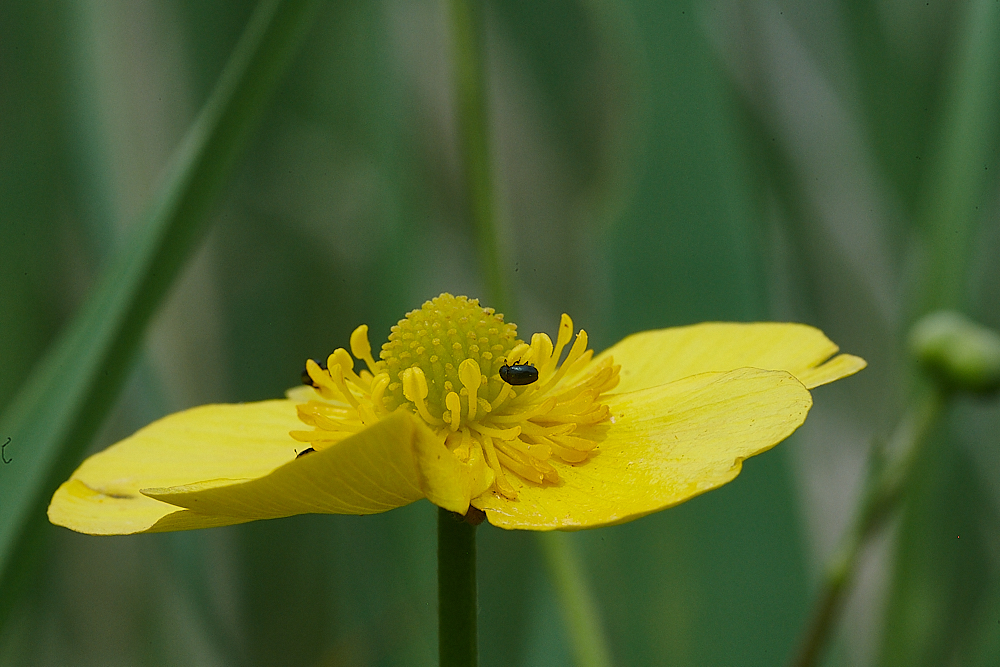
Greater Spearwort (Ranunculus lingua)
Spider Sp

Scaeva pyrastri
Syrphus Sp?
The delicate flower pattern of Tubular Water Dropwort (Oenanthe fistulosa)


Lesser Bullrush (Typha angustifolia)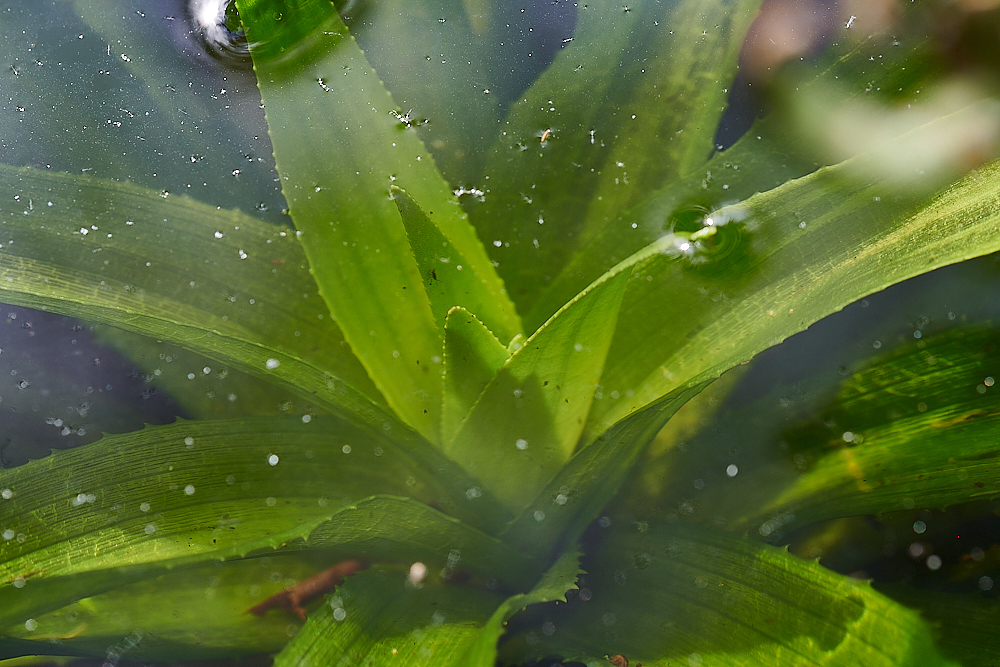
Water Soldier (Stratiotes aloides)
Xylota segnis
